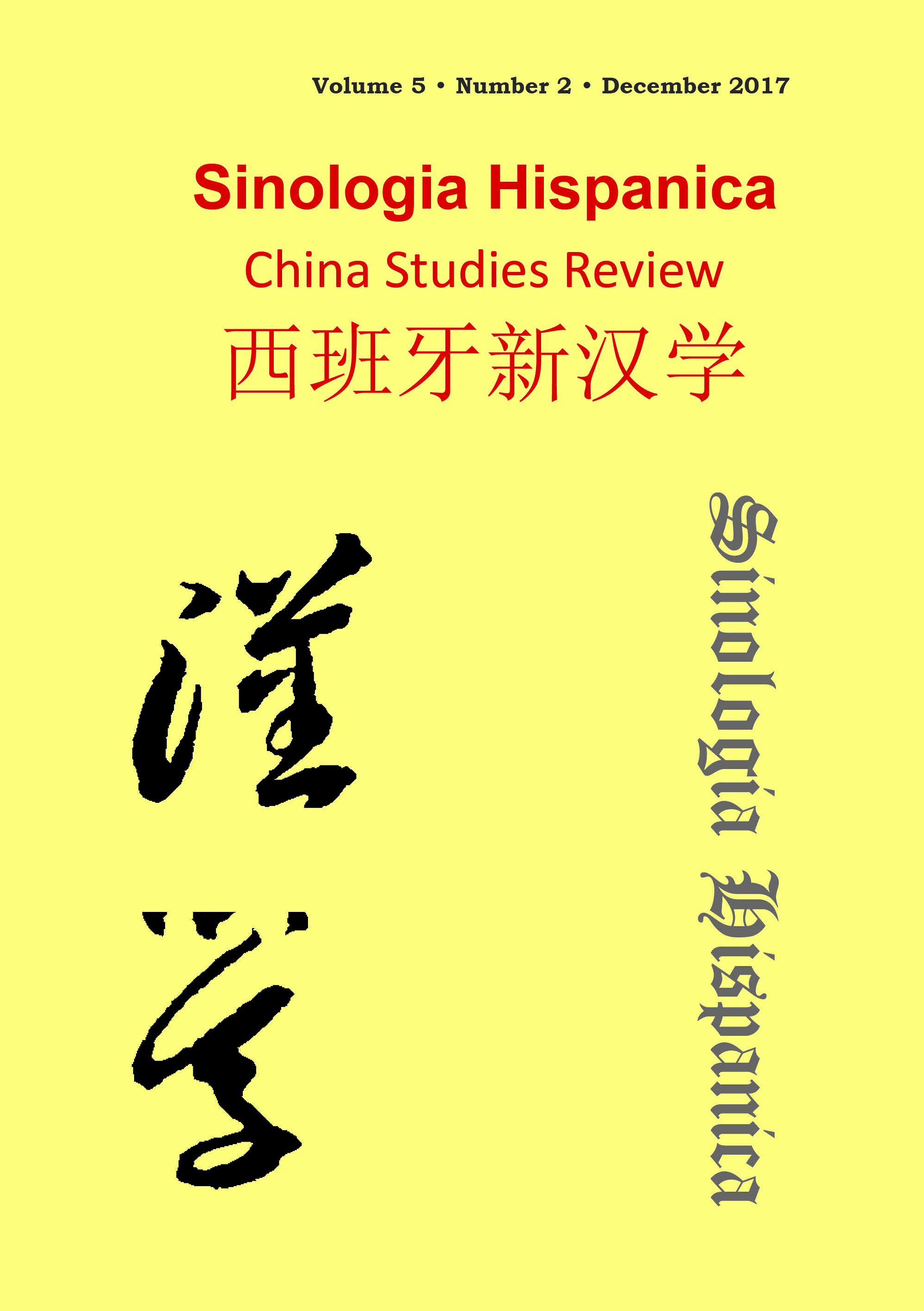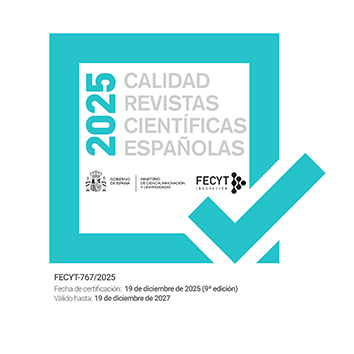Crime and Prejudice: Ming Criminal Justice as Seen in 16th Century Spanish Sources
DOI:
https://doi.org/10.18002/sin.v5i2.5404Keywords:
Justice, Ming Dynasty, Spanish reports on China, 16th century.Abstract
González de Mendoza’s book on China, published in 1585, compiled all the first narratives about China, both Portuguese and Spanish. It contains a highly positive account of Ming criminal justice in which he emphasizes those elements of Chinese justice that deeply contrasts with contemporary Spanish and Mexican practices: the legal and public frame of torture, the public questioning of witnesses, the multilayered revisions of penalties, the public placing of the monetary fines, and the mise en scène of the death penalty. He insistently highlights the strict control upon every layer of officers and inferior ministers through a double procedure of rewards
and punishments that guarantees the high standing of Chinese officials, an appraisal that Montaigne would pick up in his extremely rare allusions to China. At the same time, González de Mendoza, a thorough admirer of father Las Casas, the defender of Indians, decided to omit from his sources those elements that could provide the hardliners with arguments, the just title, to confront China, such as the nefandous sin witnessed by Loarca and the death by a thousand cuts described by Dueñas.
Downloads
Métricas alternativas
Downloads
Published
How to Cite
Issue
Section
License
Copyright (c) 2018 Dolors Folch

This work is licensed under a Creative Commons Attribution-NonCommercial-ShareAlike 4.0 International License.
Sinología Hispánica. China Studies Review considers all manuscripts on the strict condition that:
- The authors assign the exploitation rights (reproduction, distribution, public communication and transformation) of the work accepted for publication to the University of León on a non-exclusive basis. Authors can establish, on their own, additional agreements for the non-exclusive distribution of the version of the work published in the journal (for example, placing it in an institutional repository or publishing it in a book), always acknowledging the initial publication. in this magazine.
- The manuscript is your own original work and does not duplicate any other previously published work, including your own previously published work.
- The manuscript is not currently under consideration or peer review, nor accepted for publication, nor in press, nor published elsewhere.
- The manuscript contains nothing that is abusive, defamatory, libellous, obscene, fraudulent, or illegal.
- Please note that Sinologia Hispanica uses Turnitin software to screen manuscripts for unoriginal material. By submitting your manuscript to Sinologia Hispanica you are agreeing to any necessary originality checks your manuscript may have to undergo during the peer-review and production processes. Any author who fails to adhere to the above conditions will be rejected.
- Authors are allowed and encouraged to electronically disseminate the pre-printed versions (version before being evaluated) and / or post-printing (version evaluated and accepted for publication) of their works before publication, since it favors their circulation and dissemination more early and with it, a possible increase in its citation and reach among the academic community.
Sinologia Hispanica is under an international license Creative Commons Attribution-Noncommercial-Share Alike 4.0. You can read more about this license in an informative version and legal text.










